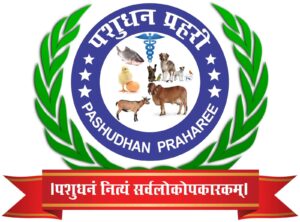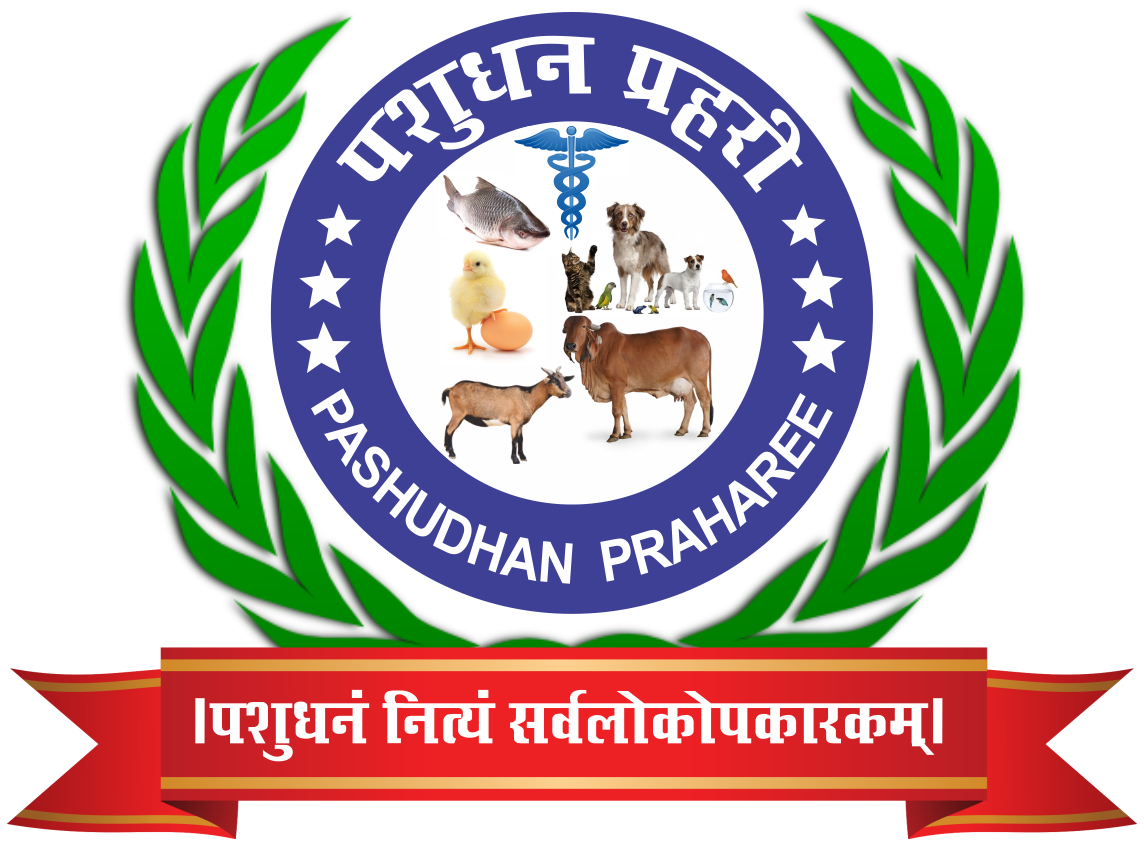Differential Diagnosis Between Foot-and-Mouth Disease (FMD), Peste des Petits Ruminants (PPR), and Vesicular Stomatitis (VS)
Foot-and-Mouth Disease (FMD), Peste des Petits Ruminants (PPR), and Vesicular Stomatitis (VS) are highly contagious viral diseases affecting livestock, particularly cattle, sheep, goats, and pigs. Despite similarities in clinical signs, each disease has distinct features that help in differential diagnosis.
- Causative Agents
- FMD: Caused by the Foot-and-Mouth Disease Virus (FMDV), a Picornavirus.
- PPR: Caused by Peste des Petits Ruminants Virus (PPRV), a Morbillivirus under the Paramyxoviridae family.
- VS: Caused by Vesicular Stomatitis Virus (VSV), a Rhabdovirus.
- Species Affected
- FMD: Affects cloven-hoofed animals including cattle, sheep, goats, pigs, and wild ungulates.
- PPR: Primarily affects small ruminants, particularly sheep and goats.
- VS: Affects cattle, horses, pigs, and occasionally sheep and goats.
- Clinical Signs
| Clinical Signs | FMD | PPR | VS |
| Fever | Yes | Yes | Yes |
| Vesicles (Blisters) | Mouth, feet, teats | Rare | Mouth, teats, feet |
| Oral Lesions | Yes | Yes (necrotic stomatitis) | Yes |
| Lameness | Common due to foot lesions | Rare | Common due to foot lesions |
| Diarrhea | Rare | Common | Rare |
| Nasal Discharge | Rare | Yes (mucopurulent discharge) | Occasional |
| Mortality Rate | Low (high in young animals) | High (up to 90% in severe cases) | Low |
| Weight Loss | Yes | Severe | Mild |
- Transmission Routes
- FMD: Direct contact, contaminated feed, water, and fomites; aerosol transmission over short distances.
- PPR: Direct contact with infected animals, secretions, and aerosols from coughing and sneezing.
- VS: Direct contact, insect vectors (biting flies, sandflies), and contaminated fomites.
- Diagnosis
- FMD:
- ELISA, RT-PCR, Virus Isolation
- Detection of antibodies in serum samples
- PPR:
- RT-PCR, Competitive ELISA (c-ELISA)
- Immunocapture ELISA for antigen detection
- VS:
- RT-PCR, Virus Isolation
- Complement fixation test
- Prevention and Control
- FMD: Regular vaccination, movement control, culling infected animals, and strict biosecurity measures.
- PPR: Vaccination of small ruminants, isolation of infected animals, and restriction of animal movement.
- VS: Vaccination (in endemic regions), vector control (insect management), and movement restrictions.
- Zoonotic Potential
- FMD: Very rare zoonotic potential (mild symptoms in humans).
- PPR: No zoonotic risk.
- VS: Zoonotic; causes mild flu-like symptoms in humans handling infected animals.
Conclusion
Although FMD, PPR, and VS share certain similarities, differences in species affected, clinical signs, and transmission help veterinarians differentiate between them. Rapid diagnosis using laboratory tools like RT-PCR and ELISA, along with timely vaccination and biosecurity measures, are critical for controlling these diseases in livestock.



